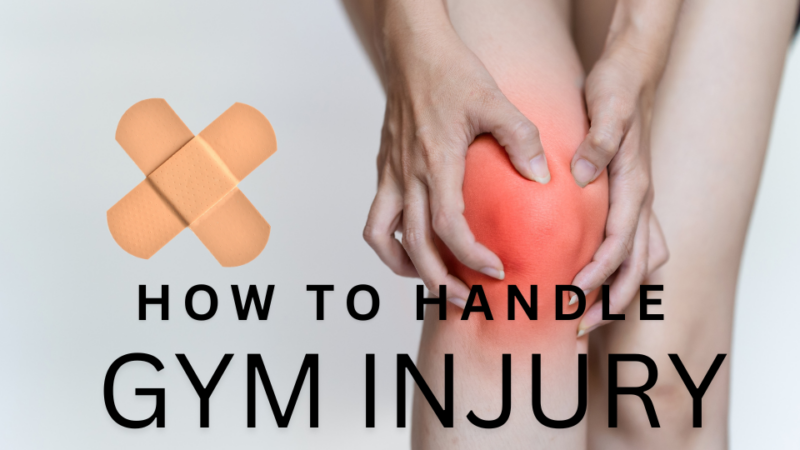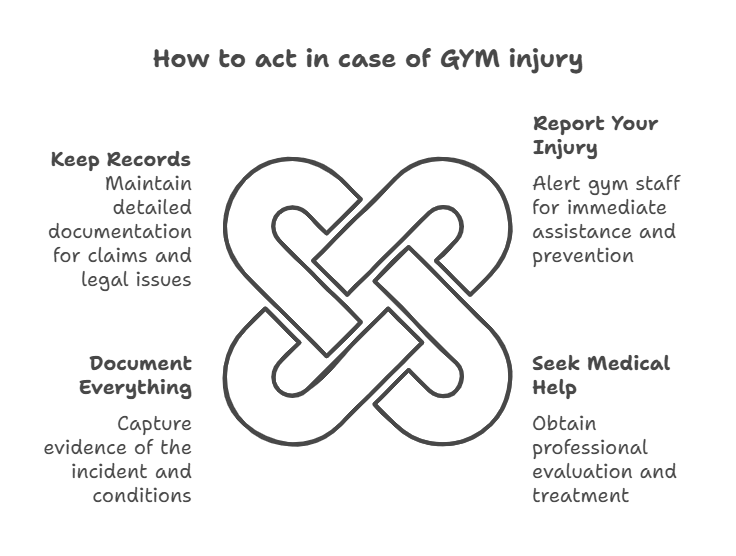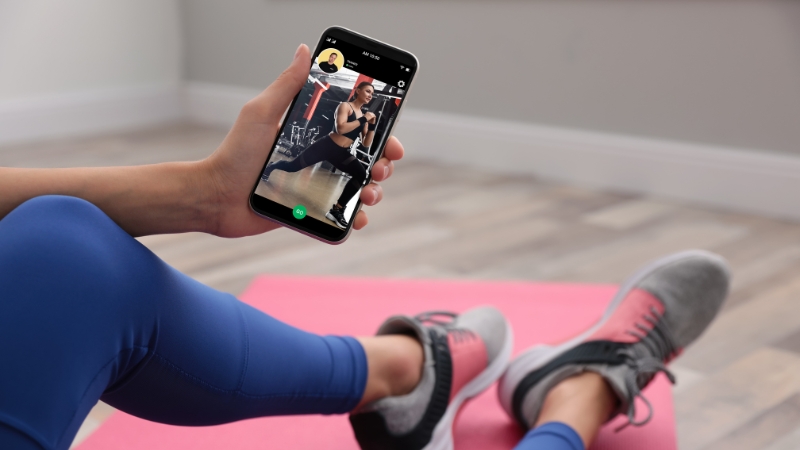
Share Post:
Gym sessions are great for boosting your health, but sometimes, accidents happen.
When they do, the aftermath can be overwhelming. If you’ve ever been injured at the gym, you know the confusion that follows can add insult to injury—literally.
Let’s walk through what you should do if you find yourself nursing an injury between the treadmills and the free weights.
Immediate Steps After a Gym Injury

It’s crucial to handle the situation with care to ensure that everything: from medical treatment to finding a personal injury lawyer: is properly addressed. Here’s how to handle the situation step-by-step:
1. Report Your Injury
The first step is to alert gym staff or management about what happened.
This not only helps you receive immediate assistance, but it also ensures the gym takes the necessary steps to prevent further accidents.
Staff are often trained in first aid and can provide quick care while waiting for more professional medical help if needed.
2. Seek Medical Help
NEW MASTERCLASS!
The Athletic Shoulder Return to Performance Framework with Ben Ashworth
View Now: https://t.co/daKX7Apqyi@AthleteShoulder pic.twitter.com/LntD1apd5Z
— SportsMAP (@sportsmapnet) February 20, 2024
Even minor injuries can worsen if not properly treated.
Head straight to a healthcare provider for a thorough evaluation. A professional can assess the severity of your injury and recommend appropriate treatment or rehabilitation, which can significantly shorten your recovery time.
3. Document Everything
Capture everything about the incident with your smartphone.
Snap pictures of the exact location and any faulty equipment or hazardous conditions that contributed to your injury.
Gathering this evidence can be crucial if you need to make an insurance claim or take legal action.
4. Keep Records
Collect every piece of documentation related to your injury.
This includes doctor’s notes, diagnostic results, and communications with the gym or insurance entities.
Having detailed records will streamline any necessary insurance claims and provide essential evidence if legal issues arise.
Common Gym Injuries
It’s important for you to be familiar with the most common types of gym injuries in order to enhance your ability to prevent them and respond effectively if they occur.
This will not only help you recognize symptoms early but also guide you in modifying your exercise routines to avoid future issues.
Here’s an overview of what you might encounter, along with tips on how to handle each situation if it arises.
Type of Injury
Description
Prevention Tips
Muscle strains
Might seem minor but can lead to more significant issues if repeatedly injured. Common when lifting heavy weights or jumping into intensive workouts without proper warm-up.
Warm up properly before engaging in heavy lifting or intensive workouts.
Joint injuries
Often occur during activities that involve a sudden, intense impact or awkward movements. Proper technique and gradual increase in intensity can mitigate these risks.
Use the correct technique and gradually increase exercise intensity.
Back and neck injuries
Frequently the result of incorrect posture during exercises. Crucial to get guidance on proper form from a trained professional, especially when performing complex movements like deadlifts or overhead presses.
Seek professional guidance for proper form, especially in complex movements.
Cardiac events
Require immediate attention and highlight the importance of understanding one’s physical limits and conditions. Life-threatening and underscores the necessity of a thorough medical evaluation before undertaking vigorous exercise, especially if you have a history of heart issues.
Undergo a thorough medical evaluation before engaging in vigorous exercise, particularly if predisposed to heart conditions.
Understanding your rights and the gym’s liabilities can empower you to take appropriate actions if needed.
When signing up at a gym, you often agree to certain conditions laid out in a waiver. It’s important to know what you have consented to:
Negligence waivers usually mean the gym might not be held responsible if something goes wrong under normal circumstances. However, this doesn’t include gross negligence or intentional harm.
Total waivers aim to absolve the gym of all liability, but these broad claims often don’t hold up legally, especially if the gym fails to ensure a safe environment.
When to Challenge a Waiver
Not all waivers are set in stone. There are instances where you might have grounds to contest:
- Gross negligence: This occurs when a gym ignores fundamental safety procedures, creating a dangerous environment. In such cases, courts typically find waivers insufficient to shield the gym from liability.
Vague terms: If the language in the waiver is unclear or overly broad, it might not be legally enforceable. Clarity in contract language is crucial for both parties to understand their rights and obligations.
Should You See a Lawyer?
- In cases of serious injuries or clear negligence, consulting with a legal professional can be beneficial. They can offer:
- Insights into whether the gym’s waiver holds any weight in your specific situation.
- Guidance on how to proceed with a claim, ensuring you understand every step of the legal process involved in seeking compensation for your injuries.
Better Safe Than Sorry
“I need a gym membership to get in shape”
BS.
You just need 30 minutes and a kettlebell.
Here’s a simple AT-HOME routine to build muscle, burn fat, and prevent injuries (bookmark this for later): pic.twitter.com/eymjKxE2SI
— Jimmy Mackey (@thejimmymackey) November 23, 2024
Preventative measures are your best defense against gym injuries. Implement these strategies to stay safe:
Warm up properly with stretches or light cardio before you dive into intense physical activity. This increases blood flow to your muscles, reducing the risk of injuries.
Use equipment correctly by following instructions and asking for staff help if you’re unsure about a machine’s use. Incorrect usage not only leads to poor workout results but also increases your risk of injury.
Listen to your body and recognize the difference between typical workout discomfort and pain that signals something is wrong. Stopping when something feels off can prevent minor issues from becoming major ones.
The Bottom Line
Gym injuries can disrupt your routine and cause significant pain and inconvenience. However, by taking the right steps immediately after an incident, documenting everything, and understanding your legal rights, you can manage the situation effectively.
Make sure you’re covered on all fronts, so you can get back to your fitness routine with confidence.
Related Posts:
- How to Handle Common Running Injuries? Preventative…
- Kas Glute Bridge for Beginners - Getting Started
- Sprain, Strain, or Worse? What to Do Right After a…
- How to Approach Your Gym Crush Without Being Awkward
- Holiday Exercise Plan - Quick Workouts Without a Gym
- How to Avoid Injury When Starting a New Fitness…










